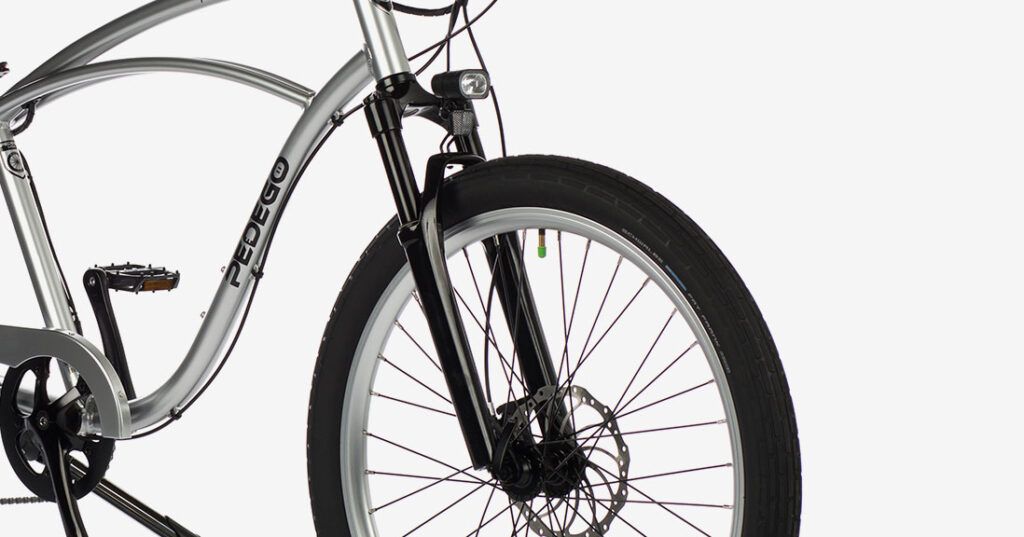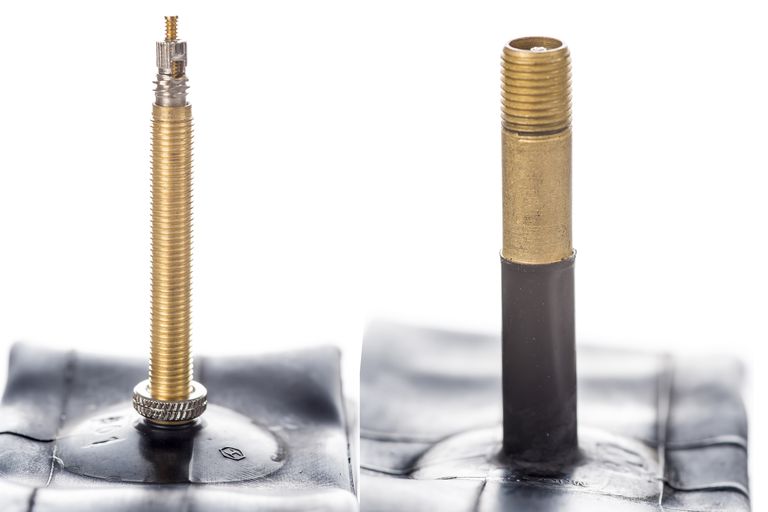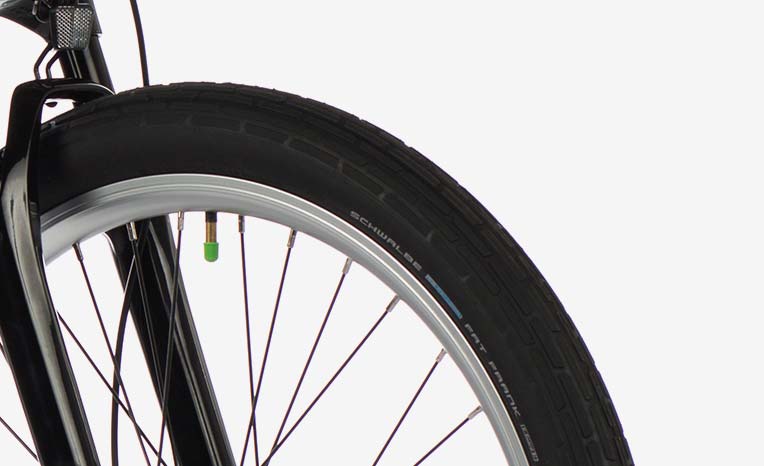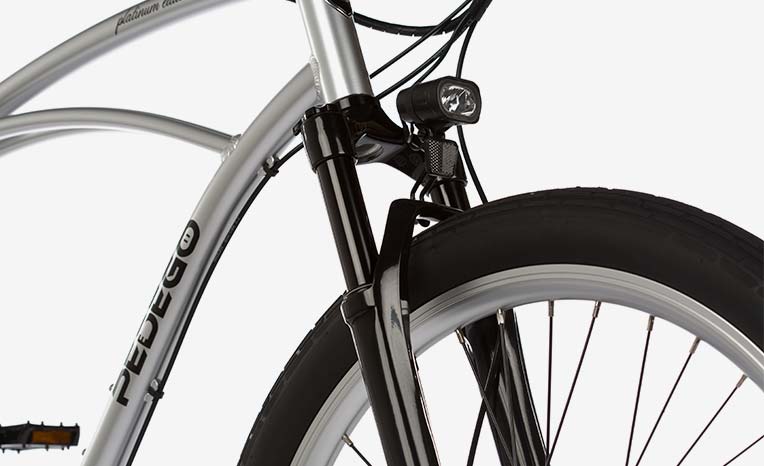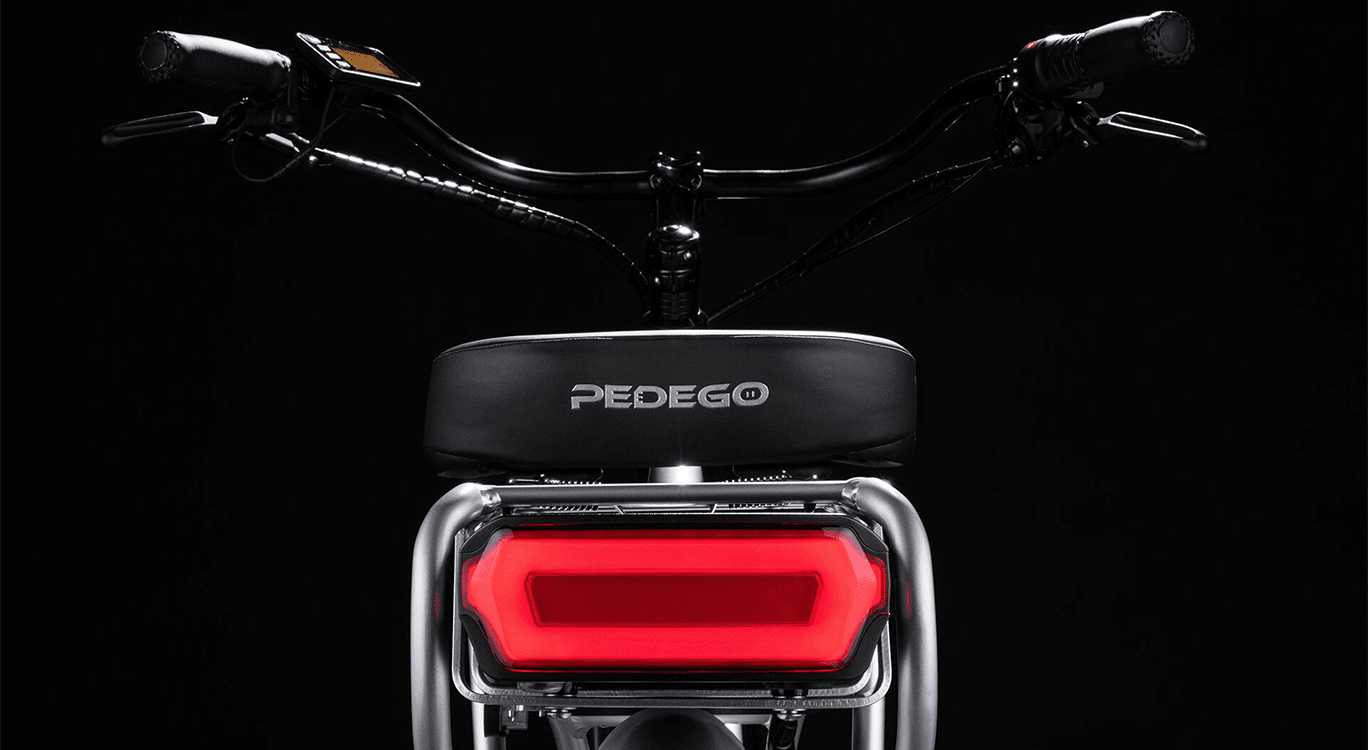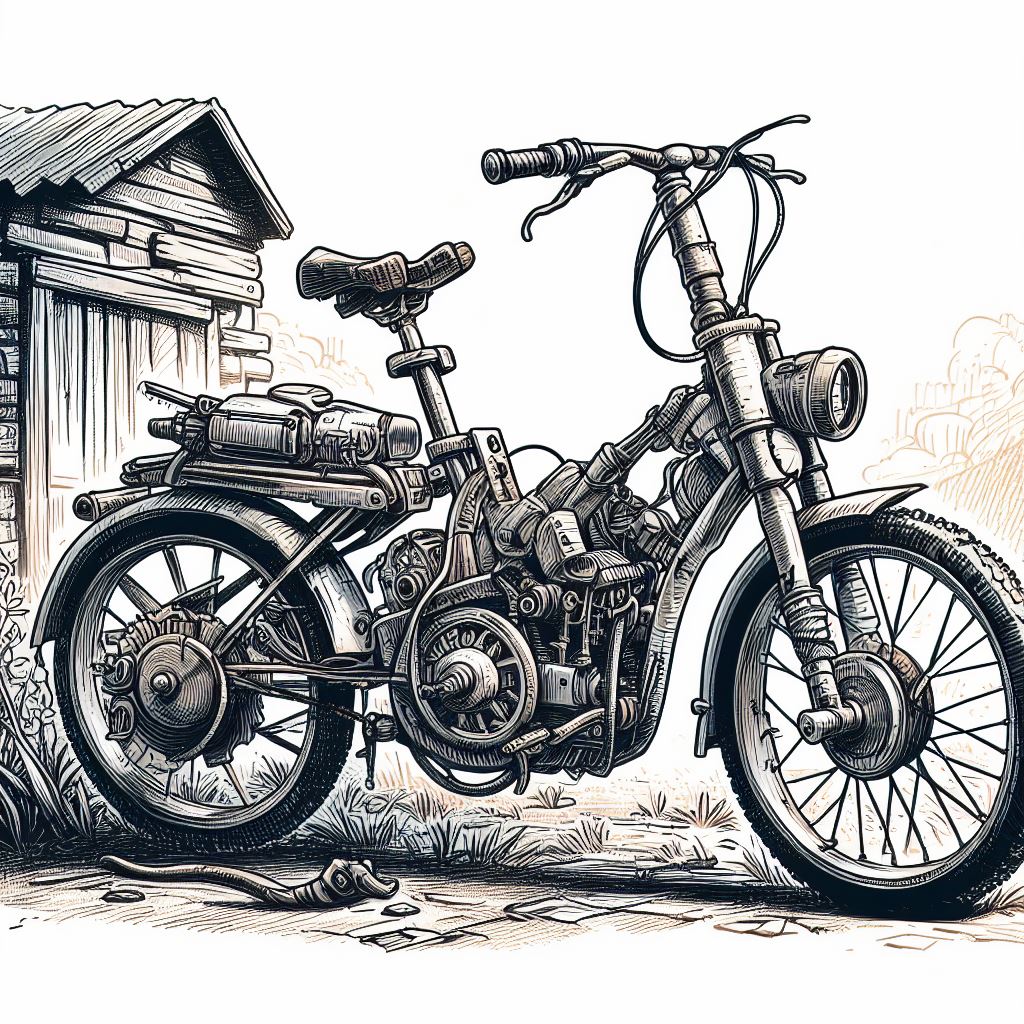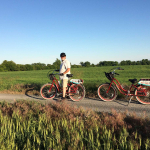Getting tire pressure right for your Pedego Electric Bike
Tire pressure is one of the simplest regular maintenance tasks for a bike rider, and one that can have a big effect on your riding experience. We can see and feel a flat tire, or a tire that just needs a bit more air, and most of us have access to a hand held or step-on bike pump. There are two types of valves available on bike tire tubes: the thicker Schrader valve and the thinner Presta valve. The former is more common on Pedego bikes, but pumps can usually handle either style.
When you attach your pump to the valve, you pull a lever which locks the nozzle to the valve stem. Sometimes this doesn’t work first time. If the gauge on the pump reads zero, this usually means things haven’t locked together properly. Remove and reattach the pump nozzle to the valve until the gauge registers the tire pressure. The recommended pressure range is written on the side of every bike tire; for safety you should keep your tire pressure within this range. For example, the range for a Pedego City Commuter 28” Schwalbe Fat Frank tire is 35-60 psi. The range on the tire for the Elevate electric mountain bikes is 17-35 psi.
Whereabouts within this range you keep your pressure comes down to personal preference. Factors like riding surface, speed, efficiency, rider weight and comfort come into play. A few basics about tire pressure:
- Higher pressure gives a harder tire; the bike rolls more easily and you will get better range. The converse is true; low tire pressure can significantly reduce the distance you get on each charge.
- Tire pressure at the lower end of the recommended range will give a softer ride. This is particularly noticeable with the larger volume “balloon” or “fat” tires. The softer tires act as a type of suspension and absorbs the bumps better than a hard tire.
- Lower tire pressure results in more tire touching the ground, which gives better grip.
- If the tire pressure is too low, the tire can become unstable when cornering at high speeds; hence the low end of the recommended range for each tire.
- Very low pressure can result in more frequent punctures, when the tube gets squeezed against the rim on bumps.
How to select your tire pressure? Just try a few different pressures within the recommended range to see what works for you! At Pedego Canada, when riding on paved roads, we like to keep our Commuters at 45 psi in the front, 50 psi in the back, and our Interceptors a slightly more comfy 40 in the front, 45 in the back.
You should check your tire pressure before each ride with a squeeze. If you haven’t ridden for a while, or suspect a leak, use a tire gauge to check your psi. Tires may become soft with changes in the weather, so don’t assume your inner tube needs replacing. If it maintains air pressure after you’ve pumped it back up, the inner tube is fine.
Once you get into bigger volume tires or more technical riding, tire pressure becomes even more important. For example, with our Trail Tracker fat tire bike, the way the bike handles can change much more with a relatively small change in tire pressure. You can ride the Trail Tracker with tire pressures below 10psi; at those pressures, the tire spreads out across the ground and is great for soft surfaces like sand or snow. However, it wouldn’t feel very good to ride on hard pavement at such low pressure! The Elevate electric mountain bike also handles very differently depending on the tire pressure. Even though the riding is more technical, the same theory applies for these bikes; play around until you find the pressure that works for you.
Contact your local Pedego store to learn more!
"*" indicates required fields

